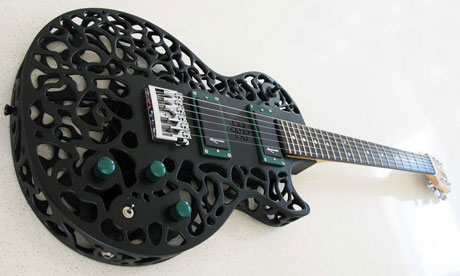The Big Kahuna
Well-known member
How about individual bridge pieces, each with a tiny amount of compensation. You'd only need 3 different versions to offer 5 steps of compensation (or 4 steps and a straight-down-the-middle), as you could reverse them. You could offer them individually quite cheaply I'd imagine, obviously in different thicknesses to cater for different width slots.
Anyway, just a thought


Anyway, just a thought





